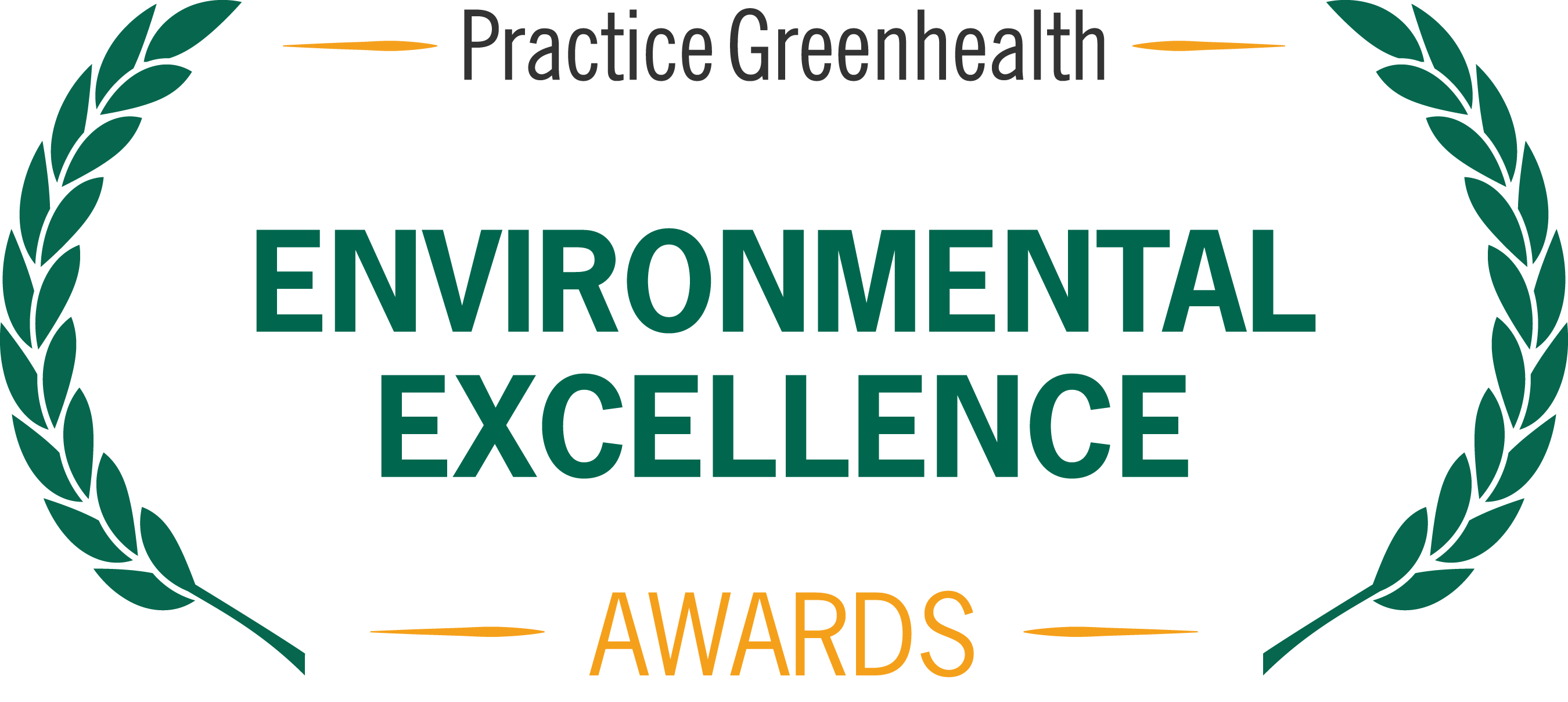Reducing water consumption is a great place for hospitals and health systems to start improving their environmental impact and sustainability practices. There are many reasons water is and should be an area of focus:
- Hospitals use approximately 7% of all water use in commercial and institutional U.S. facilities, which is costly when the price of water has slowly been rising over the last decade.
- By 2030, it’s estimated that global water supply will only be able to meet 60 percent of our population’s needs.
- Though hospitals are often exempted from water conservation regulations in times of extreme drought, many of our partner hospitals have set water conservation goals to assist the community’s conservation efforts.
The challenge for health care systems is to reduce water consumption while enhancing patient outcomes and minimizing costs and maintaining the required supply needed for times of crisis or disaster.
In 2015, Practice Greenhealth member organizations saved $2.1 million through a variety of water reduction projects.
This isn’t an impossible goal: Practice Greenhealth member organizations have found that they can significantly increase water efficiency without huge capital outlays, using a variety of reduction and recycling strategies.
Practice Greenhealth has cultivated resources and created tools to help our members understand and address their water usage step-by-step.
Step 1: Tracking, measuring, and baselining current water use
Accurate water tracking helps hospitals understand their current water usage and identify opportunities to improve.
The Less Water how-to guide includes details for calculating an accurate baseline of gallons of water according to facility square footage.
Step 2: Setting goals for reducing water consumption
Key areas of inefficiency and promising water reduction strategies within the institution’s available financial resources are identified. Practice Greenhealth experts frequently guide members through the process to identify the materials that will be most useful. You can also start with Practice Greenhealth’s recommended goals in addition to developing a hospital or system-wide conservation plan/goal.
Step 3: Implementing reduction projects and practices
The Less Water how-to guide includes a list of common water reduction practices that have helped our members achieve the goal of using less water and reusing existing water. Some common areas where our members have had success include:
- Irrigation and landscaping practice: reducing the use of potable water for irrigation – exploring reclaimed water, rainwater collection, and the use of xeriscape landscaping
- Stormwater management infrastructure analysis and upgrades
- Developing regular assessments and maintenance of pipes and boiler systems to prevent leaks.
- Upgrading or retrofitting equipment and fixtures that are the biggest users of water (laundry, dishwashing, sterilizer equipment)
- Assessing behaviors contributing to water use and educating staff and patients about the importance of water conservation
Practice Greenhealth has expertise and experience in helping our member hospitals explore and implement water management strategies of all types from reducing irrigation, assessing stormwater management, to upgrades in sterilizers, appliances and even behavior practices in clinical areas.
Step 4: Reporting and analyzing impacts
Practice Greenhealth generates a Sustainability Benchmark Report every year to track sustainability efforts and evidence-based programs. The data from our members drive the Environmental Excellence Awards, which recognize hospitals and health systems for leadership in sustainability best practices in areas including reduced water usage.
Procurement and purchasing for less water use
Sustainable procurement, what we sometimes call Environmentally Preferred Purchasing (EPP), can play a big role in achieving a hospital’s sustainability strategies. Practice Greenhealth provides resources for our member organizations to learn the best ways to incorporate smart sustainability goals into purchasing practice and how to assess the environmental and sustainability impact of every acquisition, from capital outlays to small-scale everyday procurement. Read about sustainable procurement in water reduction projects.
|
 Get recognized for your achievements
Get recognized for your achievements